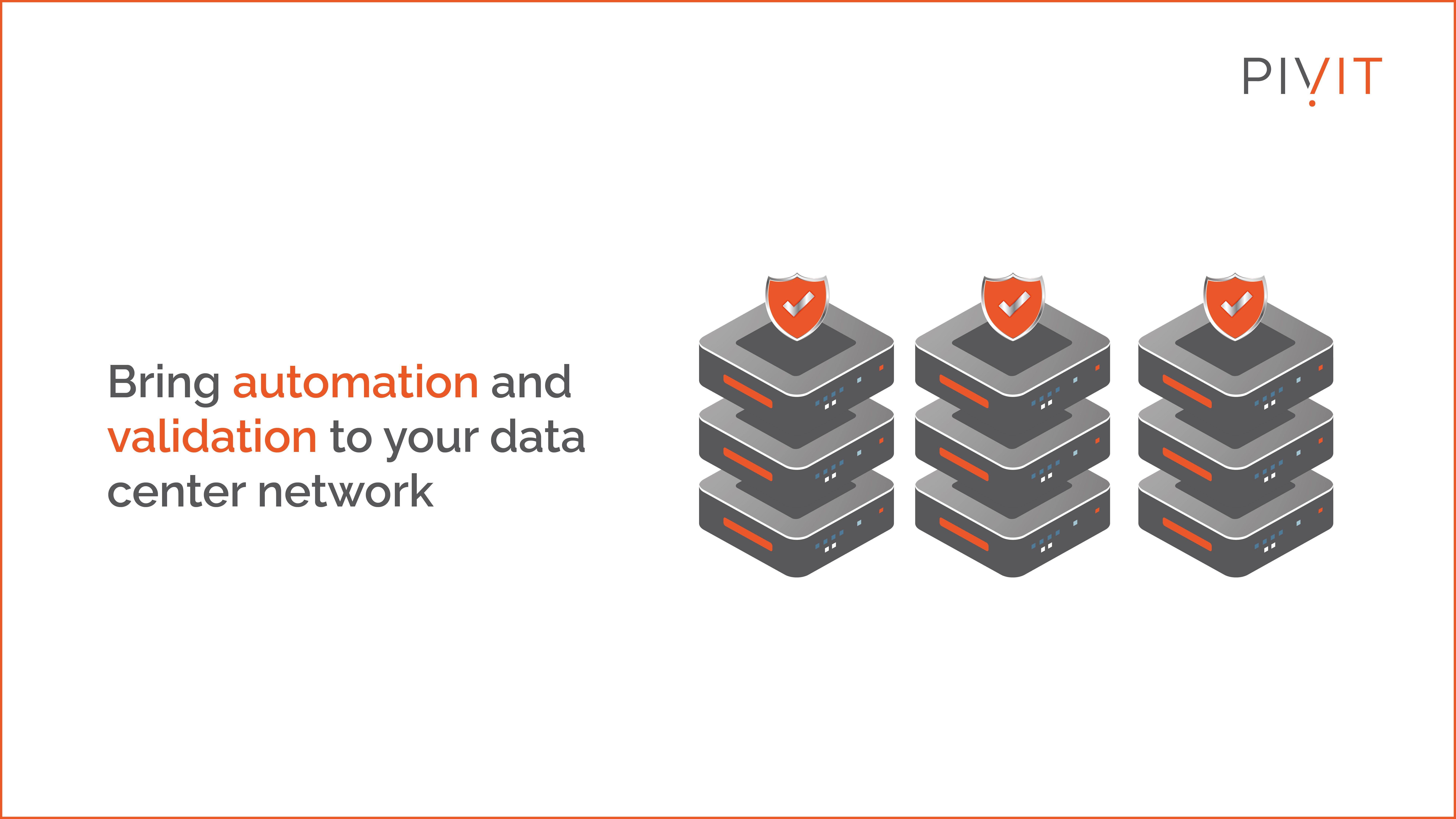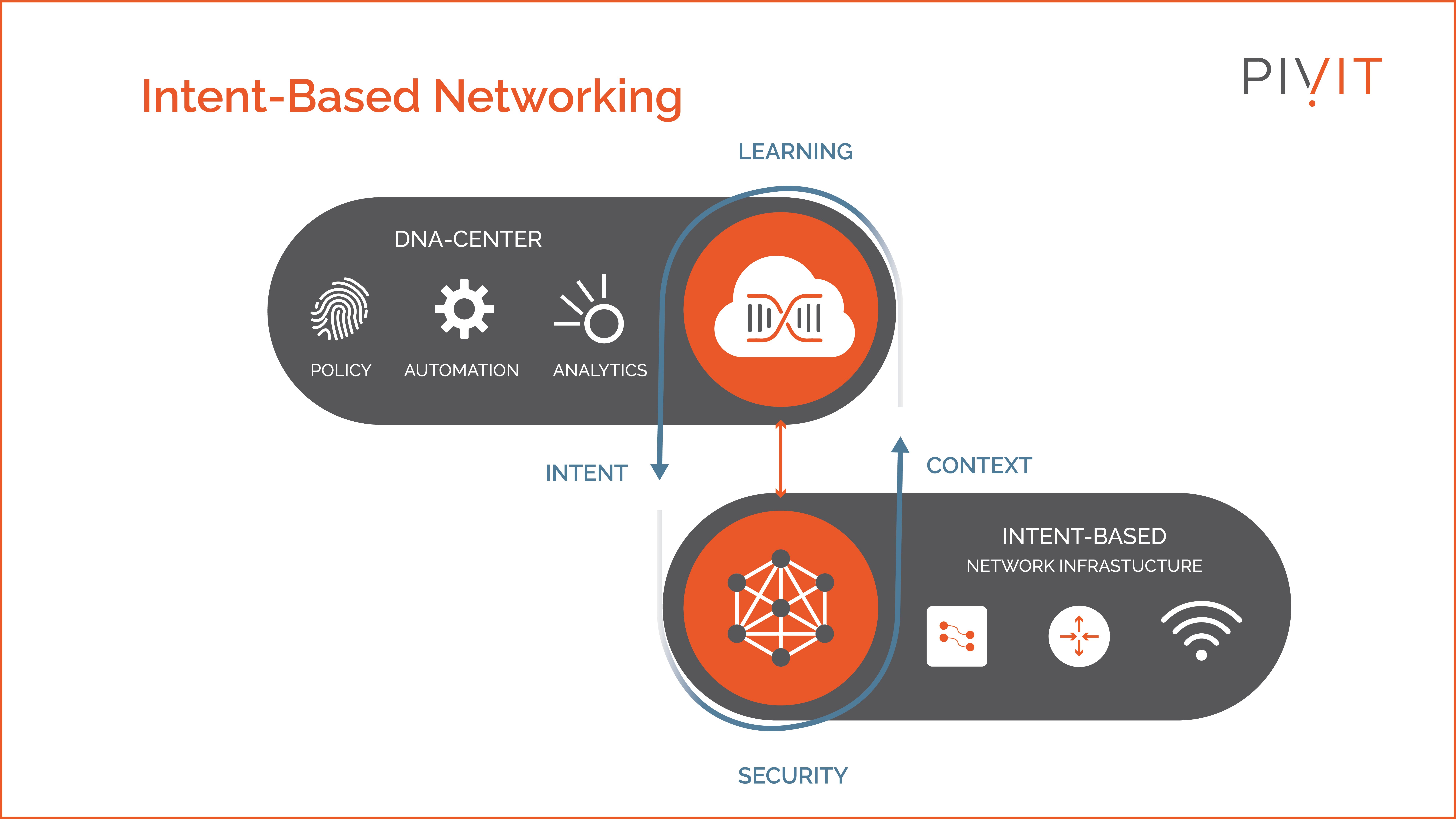Juniper Apstra: Automate in 2023 With Intent-Based Software
.png)
Forward-thinking tech enterprises with massive networks are leaning towards automation, and for a good reason. The growing network automation market is a significant indicator of this trend, projected to grow at a 30 percent CAGR (compound annual growth rate) by 2028.
The network lifecycle management can be incredibly tedious if you're running a data center network. But it can also mean the difference between a reliable network and one prone to downtimes, even with slight changes. Automation with the help of network software can make planning, implementation, configuration, and analysis a breeze.
Apstra 4.1.0 is the latest version of Juniper's intent-based networking software, designed to automate data center networks and improve their handling and performance. The latest version adds more device support, among other features that make it worth considering if you don't already use it.
In this article, we'll talk about network automation focusing on intent-based networking. We'll also look at the Juniper Apstra software product and how it can help manage network lifecycle with fewer outages and powerful analytics.

Find this article useful? View some of our other Juniper-related articles:
- Juniper Mist AI and Cisco Battle for a Spot in Your Wireless Network
- Aruba Central Versus Juniper Mist AI Cloud Controller
- Comparison Between the Cisco Catalyst 9130AX and Juniper Mist AP43
Why Network Automation Is Important
It's no secret that automation has benefited every industry in different capacities. Network automation can help network operators spend less time on repetitive manual tasks in the network lifecycle and can learn about network behavior through analytics that ultimately help them resolve issues proactively and improve performance.
Network automation comprises the automation of planning, deployment, and operations. It also optimizes network services by reducing dependencies and mitigating risks in real-time.
For data center networks, automation is perhaps even more valuable as these networks typically face exponential traffic growth. Then there are the looming cybersecurity threats like ransomware for data centers, as data has emerged as the most valuable commodity in the digital era.
While there has been a renewed interest in network automation, there is still a considerable lag in implementation. According to Gartner, even with the high availability of network automation tools, only 5 percent of enterprises in its survey automate 76 percent or higher of their network activities.
There are quantifiable benefits of increasing automation in network lifecycle management. For instance, it can increase network reliability by reducing issues and the time it takes to resolve them. Network problems can be resolved before they get any bigger, thanks to low-code workflows, framework-guided change implementation, and intent-based operations.
What Is Intent-Based Networking?
Intent-based networking (IBN) is software-based network automation that relies on intelligence and analytics to replace manual processes with an intended state. It revolves around the outcome or business objective, which is the "intent." The software then achieves that objective or intent through technologies like Artificial Intelligence (AI) and Machine Learning (ML).
IBN differs from traditional imperative networking in that it doesn't require network engineers to define the sequence of actions needed to complete a task. Instead, it's a declarative operation model, where engineers or operators define the goal. The software does the rest, for instance, choosing the devices or parameters that need to be used.
IBN is not a novice technology, but its adoption has grown only recently. However, it's essentially the self-actualization stage of network automation. Therefore, it requires step-by-step adoption of automation, with each step increasing automation until the network is ready for intent-based automation.

Advantages of Intent-Based Networking
Intent-based networking, much like network automation in general, can help deal with problems arising from traditional network management approaches. These problems ultimately result in downtime, which, in turn, may result in a massive financial hit. In an Open Gear survey, 92 percent of respondents reported financial losses due to a network outage.
Similarly, an Uptime Institute survey found that data centers face down times because of network problems more than power outages.
Here's how IBN software can help:
- An IBN software first validates intent objects based on semantic checks based on network policies.
- It can roll back the network to a known working state if change deployment doesn't produce desired results, limiting downtime.
- It reduces risks, specifically those resulting from human errors, by automating configurations necessary to implement the intent object. Even when faced with device errors or outages, the software can still achieve the outcome by reconfiguring network elements.
- Intent-based analytics take intent fulfillment to the next level and ensure compliance with business goals for the entire lifecycle. More importantly, powered by learning, such software can provide insights that enable quick identification of problems and notify network operators and managers.
In simplest terms, IBN can eliminate or reduce network problems caused by human errors. Additionally, it can help improve how the network functions, which can help businesses align with their original goals.
Moreover, it can also work in conjunction with software-defined networking (SDN). While the SDN manages network controls and data planes, IBN can automate provisioning.
__________________
Stop right there! Are lead times slowing you down and preventing you from getting the hardware or services you require for your data center? Send PivIT a request or connect with our Team in real-time using our chat feature.
__________________
Juniper Apstra 4.1.0: Intent-Based Networking Software
Juniper Networks and Cisco are some of the front liners when it comes to network automation, offering cutting-edge products to help enterprises elevate their network architecture. The Juniper Astra is an intent-based networking software catering to the needs of data center networks operating in a multi-vendor environment.
It automates the network's design, deployment, and operations while heavily relying on network analytics. Furthermore, it can reduce deployment time with zero-touch provisioning (ZTP).
This software solution from Juniper makes network lifecycle management easy, allowing personnel with basic networking knowledge to do the job. It helps network managers develop and implement comprehensive and cohesive network security policies.
It's ideal for those data centers that rely on the latest technology, as it's compatible with a wide range of network frameworks and devices. More importantly, it can support any size and scope, from large-scale networks, like cloud providers, to small-scale networks, like edge networks.
What's New?
The latest software release is Apstra 4.1.0, which has introduced support for additional network devices and other features. The latest version ensures the software is compatible with modern network technologies.
Here are some of the new features in Apstra 4.1.0:
- Support for EX4300-48MP with 40/100G uplink modules
- Support for Arista 7280QRA-C36S and 7280CR3-32P4 switches
- Support for Dell N3248T switch
- Latest Interface Maps for the Juniper QFX10002, QFX5220, and QFX5130 devices
- New workflow for modular device profiles
- Support for new Junos and Junos Evolved versions
- Support for Enterprise SONiC 3.4.1
- UI-based validation of VN and VRF name length
- Updated monitoring dashboard
- New IBA probe to monitor EVPN Host flaps
Juniper Apstra 4.1.0 Specs
You can find a detailed list of specs in Juniper Apstra documentation. All the new features and changes in existing features are listed in the documentation.
It also includes a detailed install/set up guide (User Guide and Developer Guide).
Automate Your Network With the Latest Version of Apstra
Intent-based networking is truly the pinnacle of network automation as it takes the basic principles of automation to the next level by incorporating powerful analytics into the equation. Data centers can benefit immensely by automating network design and operations with an intent-based system that does most of the hard work, requiring less manpower to run day-to-day network operations.
The most impactful benefit of taking the IBN approach with network automation is that it can eliminate outages. Juniper Apstra is a reliable solution for data center networks for better lifecycle management and early detection of problems and their quick resolution.
If you are thinking of replacing your legacy systems to keep up with fast-paced technological innovations, consider protecting your network with PivIT's OneCall product. You have two options: protect your legacy system or protect your new system – both offering huge future cost savings.
OneCall is our third-party maintenance service allowing for a holistic solution for your IT asset maintenance needs that can deliver every time on both a local and a global scale. So when it comes to protecting your mission-critical assets, such as your legacy or brand new access points, OneCall has you covered.

